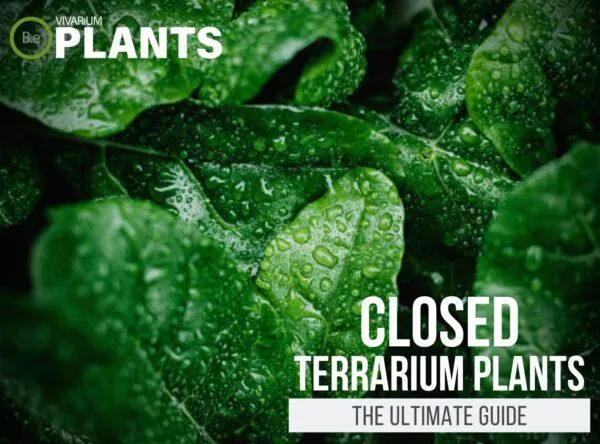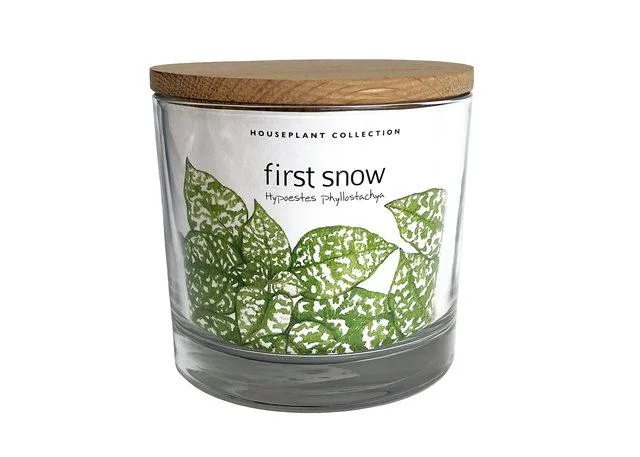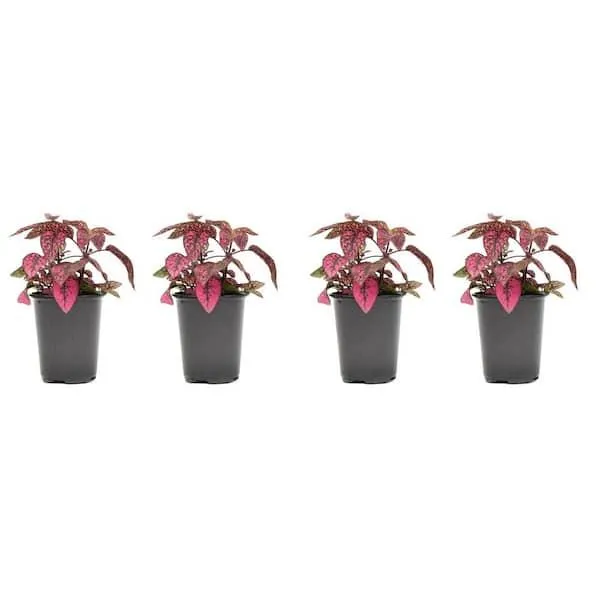
Care Guide for Hypoestes Phyllostachya Plants and How They Can Attract Cats
Everything You Need to Know About Hypoestes Phyllostachya and Cats
The hypoestes phyllostachya, commonly known as the polka dot plant, is a popular houseplant that many cat owners wonder about. In this article, I’ll break down the plant’s characteristics, its safety for cats, and tips for cat-proofing your hypoestes phyllostachya. By the end, you’ll have all the info you need to decide if this plant is a good fit for your feline family.
Getting to Know Hypoestes Phyllostachya
Let’s start with the basics of this plant. Hypoestes phyllostachya is in the acanthaceae family and native to tropical regions of Asia and Africa. It’s an evergreen perennial often grown as an indoor plant in colder climates. As the name suggests, its colorful polka dot pattern on its leaves is its defining characteristic. The leaves come in various shades of pink, purple, white, and red dotting green or variegated foliage.
Hypoestes phyllostachya is known for being very low maintenance. It thrives in medium to bright indirect light and tolerates low light conditions better than some other houseplants. Water whenever the top inch of soil is dry, about once a week. It prefers temperatures above 60°F and high humidity, so misting the leaves helps. Fertilize monthly in the growing season for vibrant colors.
This plant spreads via trailing or crawling stems that root wherever they touch the soil. However, it’s not invasive like english ivy. It can be grown in hanging baskets or as a tabletop plant. Overall, hypoestes phyllostachya makes an attractive, colorful addition to any home.
Hypoestes Phyllostachya Toxicity for Cats
Now to the main question – is this plant safe for cats? Unfortunately, the hypoestes phyllostachya is considered moderately toxic to cats if ingested. Its leaves and stems contain compounds that can cause mouth irritation, vomiting, and diarrhea in cats. More severe reactions are possible but rare.

The good news is that hypoestes is not highly poisonous like sago palms or dieffenbachia. And cats would have to eat a significant amount of the plant to show symptoms. Also, due to its trailing habit, it’s not as appealing for cats to chew on as upright plants. However, there is still some risk, so extra precautions are recommended if choosing to grow this plant with cats.
Cat-Proofing Your Hypoestes Phyllostachya
If you decide the polka dot plant is worth the minimal risk, here are some tips to keep it out of mouth’s reach from your furry friends:
- Place the plant high out of jumping range, such as on a tall bookshelf or hanging from the ceiling.
- Use a heavy ceramic or stone pot that can’t be tipped or knocked over easily.
- Cover the soil with decorative gravel to discourage any pawing or digging.
- Prune off any long trailing stems that could act as a temptation.
- Provide your cat with other more appealing plants, toys, or scratching posts as alternatives.
It’s also wise to periodically remove any fallen leaves, stems, or flowers your cat could still access on the floor. Be extra vigilant with kittens or especially curious cats until they lose interest.
My Experience With Cats and Houseplants
From my experience owning both cats and houseplants for many years, cats are naturally drawn to investigate and play with greenery in their environment. However, their plant preferences can vary widely like people. Some cats ignore plants while others see them as toys.
I’ve had situations where a normally disinterested cat decided to take a bite of an unfamiliar plant on a whim. You just can’t always predict their behavior. That’s why it’s important to be selective with plants and always take precautions like heights and barriers.

While it’s nice to enjoy plants’ beauty in your home, their safety should take priority over looks alone when cats are involved. There are still plenty of low-risk options to choose from like succulents, spider plants, palms, and pothos.
With the right placement and plant selection, it is possible to have a thriving indoor garden that also considers your cat’s well-being. Safety comes before aesthetics or personal plant preferences when living with pets. Their health must come first in any plant decision making process.
Alternative Plant Choices When Cats Are Present
As mentioned above, there are many beautiful houseplants considered non-toxic or low risk for cats. Here are some top alternatives to consider besides hypoestes phyllostachya:
- Spider plant – tolerates varied light and water needs, easy to sanitize fallen leaves
- Succulents like echeveria, haworthia – thick, unappealing foliage for chewing
- ZZ plant – virtually indestructible and cats rarely bother it
- Peace lily – flowers are inedible to deter feline interest
- Pothos or philodendron – trailing or climbing habit out of reach
Pretty much any flowering plant, bamboo, dracaena, fern, jade, palm, or sansevieria are great low-risk picks as well. Do your research for each specific variety. But those above have proven very safe from both personal experience and expert opinion.
Final Thoughts
In summary, while hypoestes phyllostachya can be a lovely decorative plant, its potential toxicity means extra precautions are needed to keep it out of kitty’s grasp if you have cats. There are so many wonderfully cat-safe options to choose from instead. When pets and plants coexist, it’s best to air on the side of safety rather than risk an unexpected accident or illness.

With a little research and awareness of a plant’s characteristics and risks, you can totally feel confident including indoor greenery while also protecting Fido or Fluffy. Hopefully this guide helps shed some light on hypoestes phyllostachya and cats so you can make the best choice for your situation. Let me know if any other plant questions come up!
Important Facts About Hypoestes Phyllostachya (“Polka Dot Plant”) Care
| Fact | Details |
|---|---|
| Light Requirements | Low to bright, indirect light. Avoid direct sun which can burn leaves. |
| Water | Allow soil to dry out between waterings. Water less in winter when plant is not actively growing. |
| Temperature | Prefers temperatures between 65-80°F. Will tolerate low 60s but avoid drafty spots. |
| Humidity | Likes humid conditions. Mist leaves regularly or group with other plants. |
| Soil | Well-draining, airy potting mix. Does not like to sit in water. |
| Fertilizer | Apply balanced liquid fertilizer monthly in spring and summer when new growth appears. |
| Propagation | Take 4-6 inch stem cuttings in spring or early summer and root in water or damp soil. |
FAQ
-
Why do hypoestes phyllostachya cats tend to lurk in bushes?
Basically, hypoestes phyllostachya bushes provide good cover for cats. The dense foliage lets them hide from potential threats while still keeping an eye out for birds and other small critters. Kind of like a cat’s version of a tree stand!
-
Do hypoestes phyllostachya bushes mind having cats lounge around in them?
While the bushes don’t have feelings of their own, having too many cats hanging out could kinda damage the branches and foliage over time. The cat fans might wanna take turns napping in the bushes so they all get a chance to relax in the shade. But who knows, maybe those tough hypoestes phyllostachya can handle a few curious felines.
-
Could hypoestes phyllostachya leaves be harmful for cats?
Reports seem to suggest the leaves are not poisonous to cats. However, cats may nibble on them occasionally due to natural instincts. But is it worth the risk? Perhaps best to keep curious kitties away unless you want some upset tummies. Always good to check with vet if concerned.
-
What other animals like hanging out in hypoestes phyllostachya bushes?
In addition to our feline friends, birds apparently find the cover and foliage of these bushes ideal for nesting and raising young. Wonder if any other critters use them as a safe place to rest? Would be interesting to observe and see what else shares this habitat with cats.

-
Are hypoestes phyllostachya bushes popular in residential landscapes?
Surprisingly, yes! Despite being known as a cat magnet, many homeowners still opt to plant these bushes due to traits like tolerance for sun or shade and low water needs. I guess if you like cats enough, you overlook their potential bush-lounging. Or maybe the kitties deter other less welcome backyard animals?
-
I heard these bushes can be invasive. Any truth to that claim?
You raise a fair point. It appears that under ideal conditions, hypoestes phyllostachya can spread aggressively and become weedy. Nevertheless, most experts say it risks becoming invasive only in very warm tropical or subtropical regions. On the other hand, in temperate areas where winters get chilly, the cold usually keeps this bush from overrunning the yard. But buyer beware, I guess.
What do you do if your cat refuses to stop napping in the hypoestes phyllostachya bush?
Gently coaxing or bribing with a favorite toy or treat may do the trick, but good luck getting a stubborn cat to give up a beloved nap spot! Maybe try giving them an even more comfortable bed nearby as an invitation. But who can resist those cozy hypoestes phyllostachya leaves and branches? Sometimes it’s best to just accept our furry pet’s quirks. What do the experts think – is there harm in an occasional bush nap?